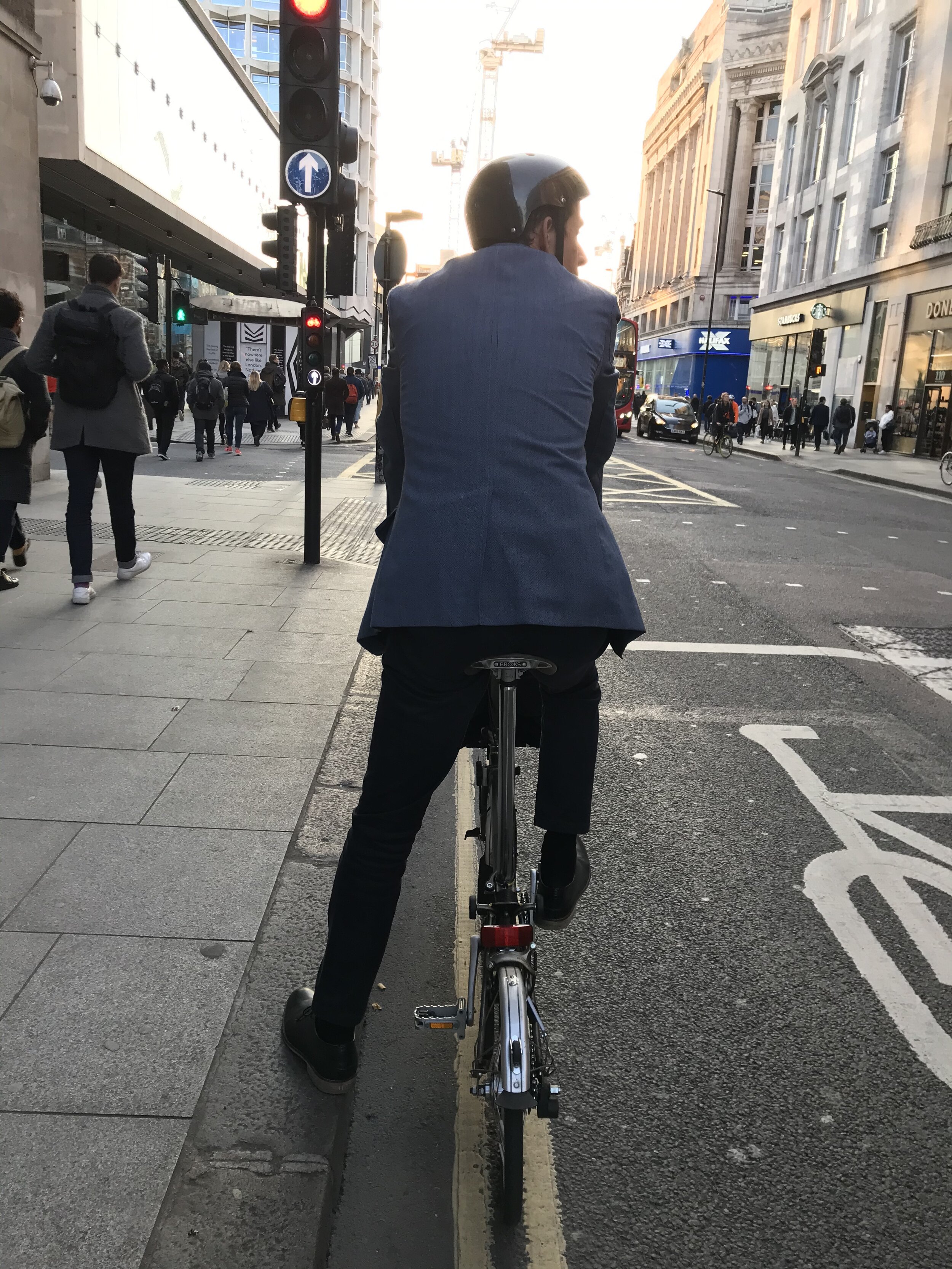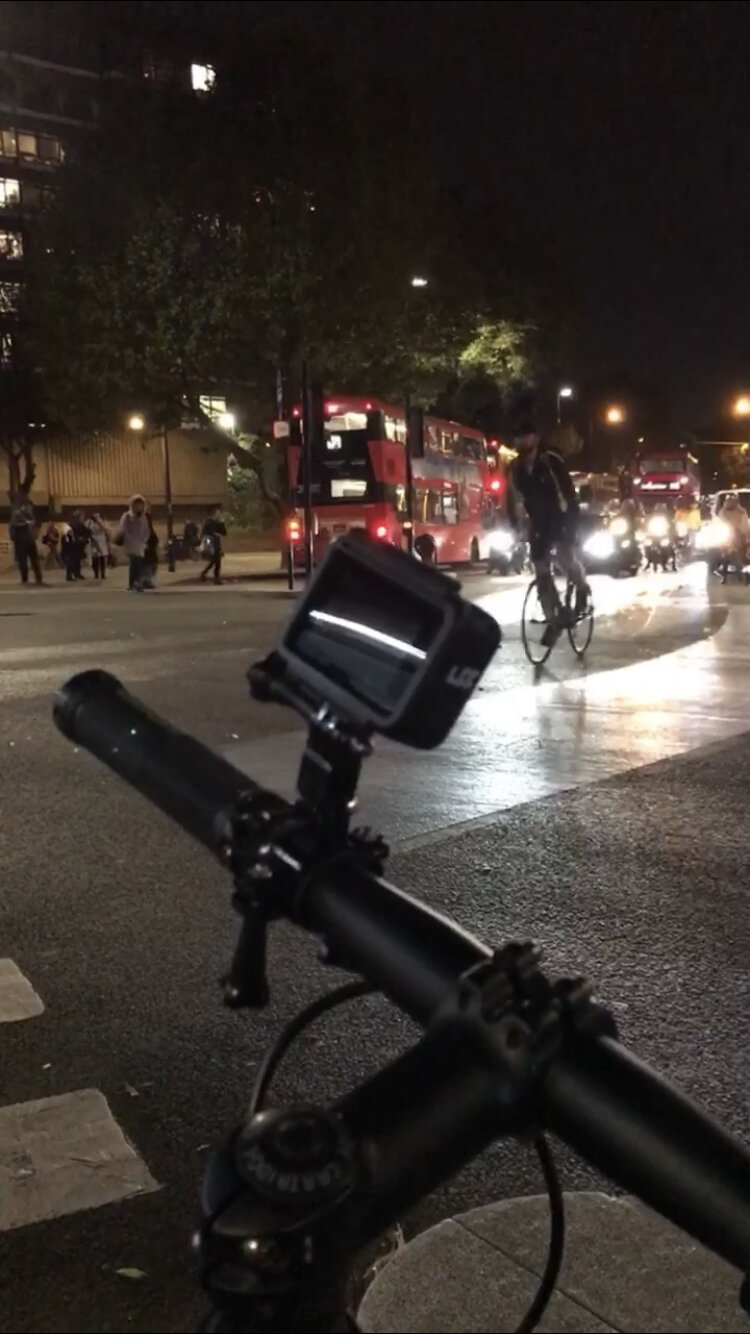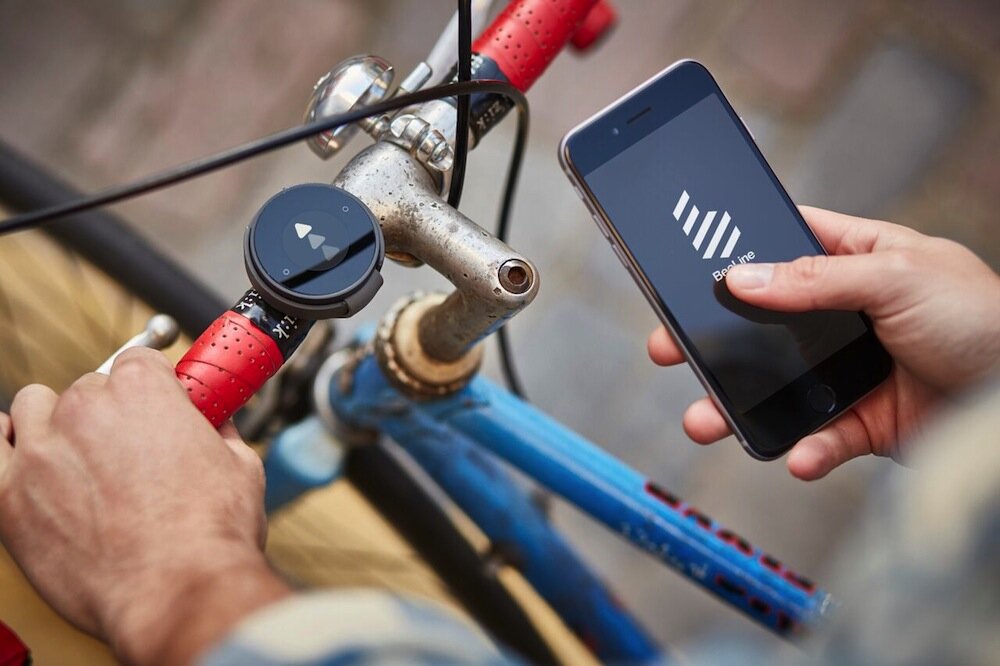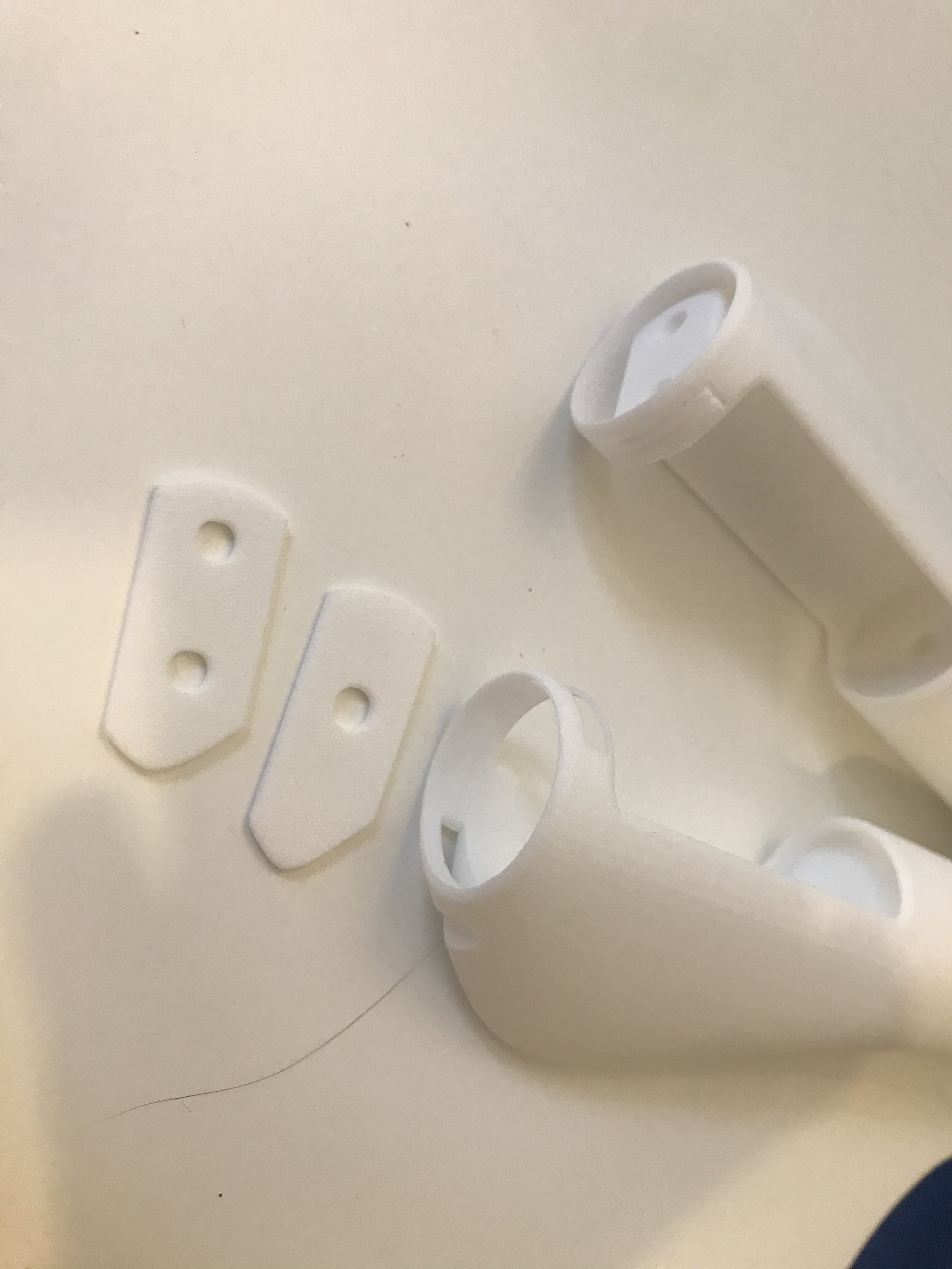
Schooling
Cyclists
2019/08 - 2019/12
12 weeks
Industrial / User Experience / User Interface
Schooling Cyclist is a design of haptic handles and navigation system for cyclists commuting in urban cities. By using the concept of crowdsourcing, users’ data will be securely collected and analysed to generate an instant, efficient route for cyclists. Monitoring distribution of live users, the system guides users to ride into different road resources, including main roads, cycling paths and alleyways, through the physical haptic handles. Thus, the existing traffic network can be further utilized, meanwhile ensured the safety of bike commuters.
Adobe XD | Illustration CC | Photoshop CC
Finding
Poor urban design
Bike commuters generally face problems like weather and hygiene issues. Cases even get worse to cyclists in London or other developed cities under car-oriented transport scheme, they usually deal with poor cycling facilities and transport network that is hard for renovation. New planning of developing cycle network indeed happens; however, it cannot catch up with the rise of bike commuters.
Uneven road using
Many bike commuters prefer to stick to the planned route selected at the beginning of the journey. Once it becomes regular, they seldom change as annoyed by frequent stopping and checking on the map. The route provided by apps is usually monotonous. It is not just creating an overcrowded situation in popular routes, may also leading to traffic jam as sharing with other road users.
Safety issues
Most of the commuters only cycle back and forth in certain destinations. They would prefer taking other transports if it is out of the list. It is most likely due to unsafe feeling during the ride, especially being alone. Safety issues, for examples, blind spot, wide turn, fast overtake on road from drivers, are riskier to cyclists if they are not familiar with. Cyclists may be distracted by mobile devices as non-stopped notifications, music and map checking. Sometimes, it becomes more dangerous when cyclists break the road rule by their ignorance and convenience.
Poor social relationship
Many bike commuters reported that they were treated unfriendly and felt misunderstood from other road users. They think there is lack of a proper platform for news and road update tailormade for bike commuting. The existing designs, no matter in hardware or software, are designed for the majority, which is about 25-40 age group and even male in lead. It is hard to attract newbies to be bike commuters.

“How does the interaction between bike commuters and other road users in the city can be improved and how can the bike commuters further utilize road network in existing city design?”
— Research Question
































Research Method
Initial research
Based on the literature review, a crowdsourcing global online questionnaire created aiming to gain the initial idea about views on bike commuting. The survey is constructed with semi-opened questions. 131 participants shared their experiences related to bike commuting within a week time.
3 potential competitors, Citymapper, Bike citizens and Beeline, were reviewed and given feedback by experienced users.
Interview &
Cognitive mapping
Street Interviews were conducted in 3 weekdays. 30 bike commuters and pedestrians explained their views on bike commuting in London and feeling to other road users. Their opinion summed up in Word cloud. Follow up with in-depth video chats, 4 of the participants, who are in different locations and transportation, created cognitive maps to share their daily travel experience in London through a visual representation of drawings.
Observation &
Shadowing
3 locations were selected in London for still observations to 1) understand the behaviour of local bike commuters, 2) study the interaction between cyclists and other road users and 3) contrast reaction of cyclists when riding in different road situation. Over 280 cyclists were counted with 60 hours during peak hours. 10 bike commuters were tracked and video recorded to see their behaviours change within a single ride together with further analysing.
Conceptual testing
20 cyclists were invited for testing on the concepts. 2 experience prototypes were created using laser cut and 3D print with a simple mechanism made by LEGO. Tested together with storyboards showed user journey of the 7 conceptual ideas. Wireframe models were also tested for the formation of the app.

Design
opportunities
How to build a trust-able relationship between bike commuters and the service/design?
How to make bike commuters to receive useful information for their journey?
How to be inclusive to all kind of bike commuters?
How to create a better cycling environment in limited resources?
How to increase the positive interaction between road users?
Final Design
Aims
Raise the awareness of cyclists commuting on the road
Show and enhance the flexibility of bike commuting
Create a barrier-free and new experience on bike commuting
Build a reliable, inclusive system for bike commuters
How to use
1. Open the app and click Search or shortcuts to start a journey
2. Type the road name or postcode in the search bar and select the destinations
3. 3 options will be given providing estimated time and distance
4. Follow the instruction on the screen and keep away the phone
5. Long press the button to purse or end the ride
6. Review on the ride report
Handle
A redesigned bike handles built with a haptic feedback system. Connecting with the app, a pin on each side rolls forwards and backwards indicating user for navigation. There are rooms for more program of indications to be installed in future updates. The rolling concept is from the action of bond-building between parents and children in the early development stage. Babies or kids usually get signals from parents thought fingers griping. It transmits signs of directions and warm as well as creating intimacy. The handles try to recreate and recall this feeling through the rollers. Beyond building a trustable and safe feeling, users can be much earlier to get used to the indication and responding naturally.
System
Supported by crowdsourced traffic data shared by users, the system reviews the user flow in the area. It then creates or restructures the route instantly to avoid busy traffic, meanwhile leading users to ride safely and legally. To fully utilizing road recourses, users will not be only guided to ride on main roads and cycling path, but also alleyways that are low traffic flow and fewer pedestrians. Under the same theory, the system will guide the users to ride together in packs, just like schooling of fish, while sharing the main road with drivers. This grouping helps drivers to locate the position of cyclists much earlier to avert accidents from blind spots. Besides, after the user started the ride, all notification will be pursed until it ends.
Lighting
An optional light system is designed to enhance users’ safety during commuting in the early winter night time. A laser device projects a water wave pattern on the ground helping other road users locating them. It helps to avoid dizziness created by extra headlight and spotlight on helmets to the road users behind. When users being guided and riding in a pack, the light beam will merge with other device users forming a bigger light pattern. The cyclists thus become more visible on road.
App
The app provides route planner, including route advice, weather, duration and distance information. It also depends on GPS to record the journeys of bike commuting. User can review riding history, including route summary in map form, speed, timing and distance.
Newsfeeds on local traffic or commuting related news are provided users the latest updates in their communities.

















